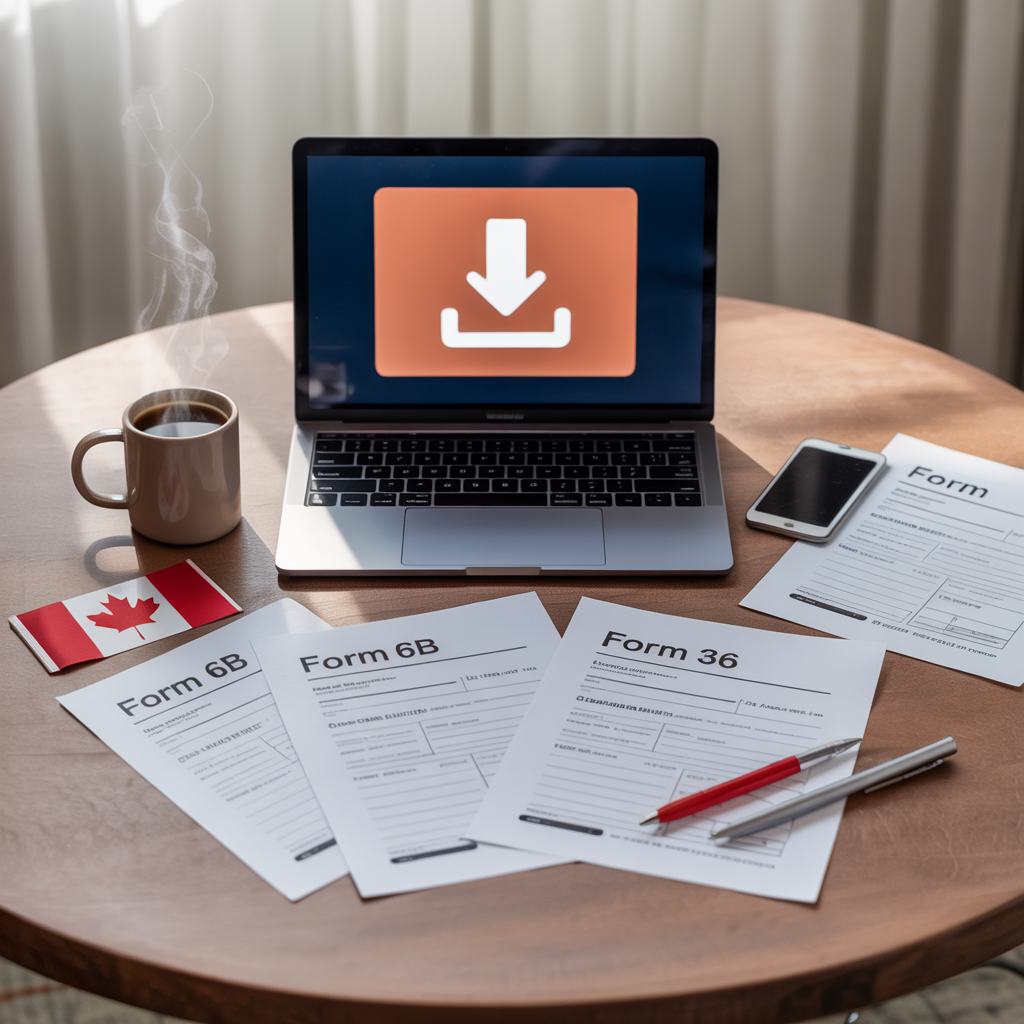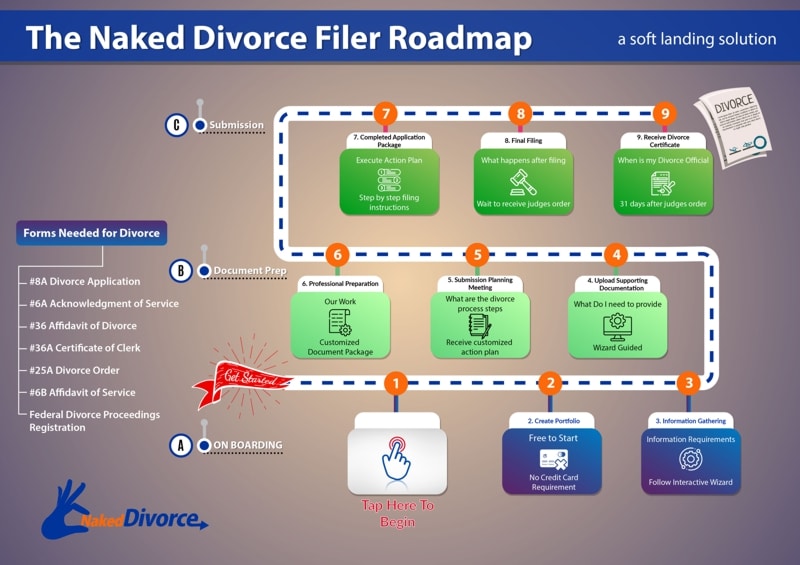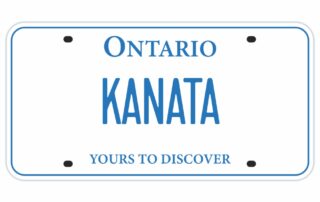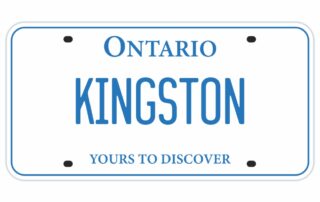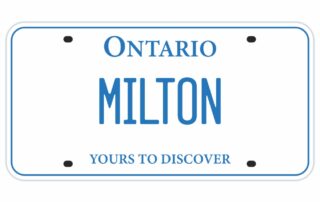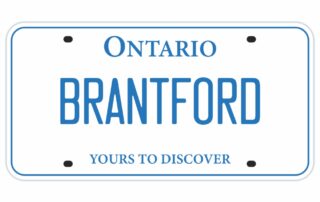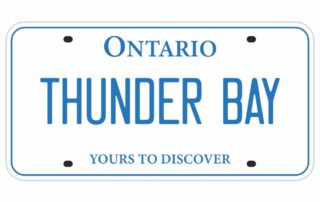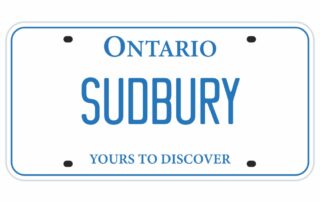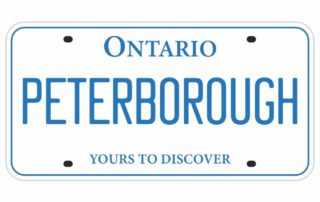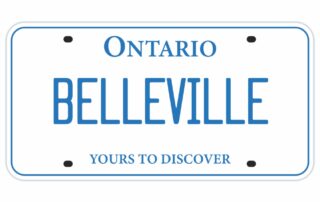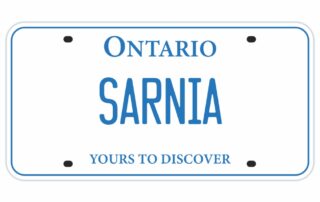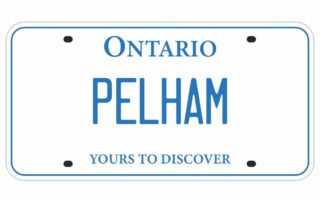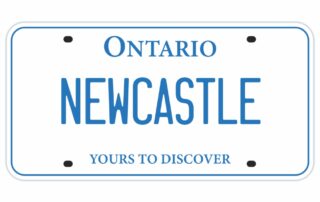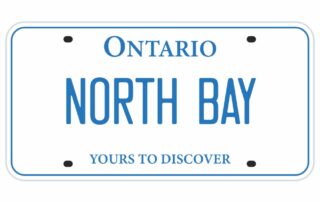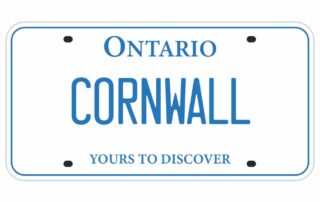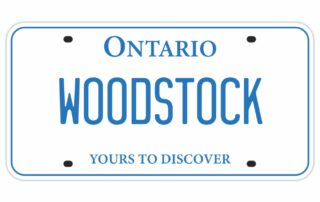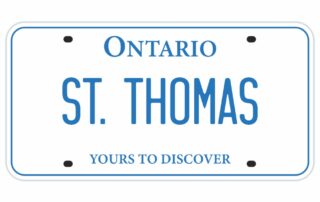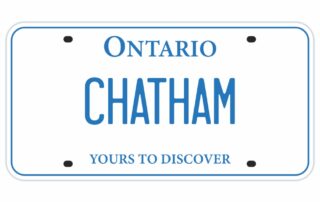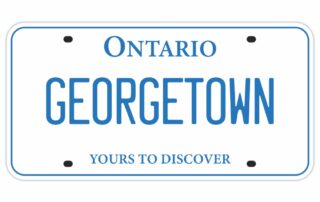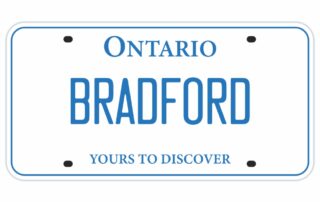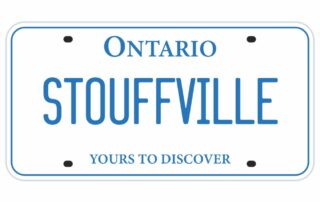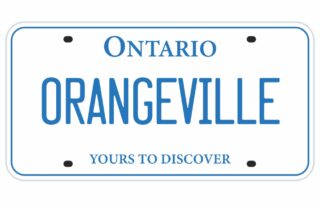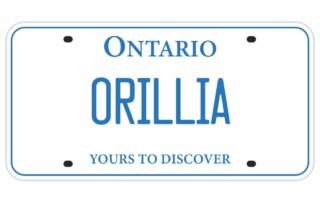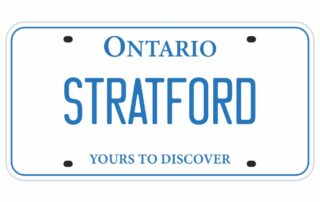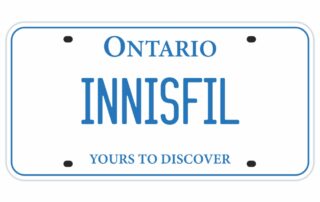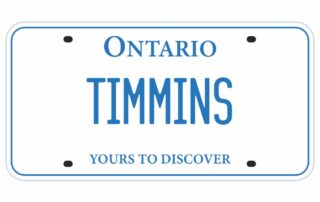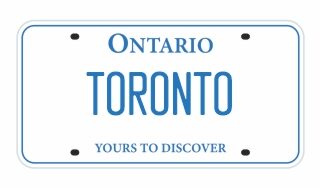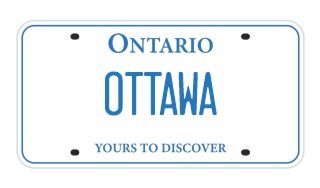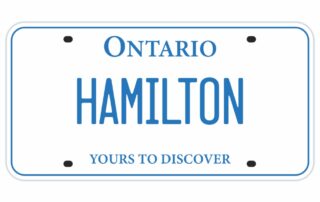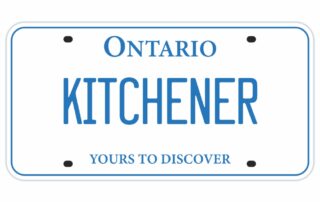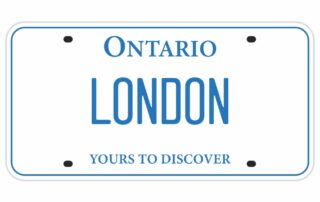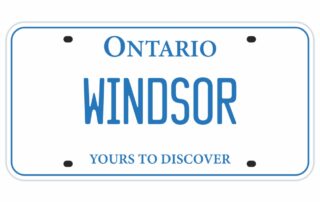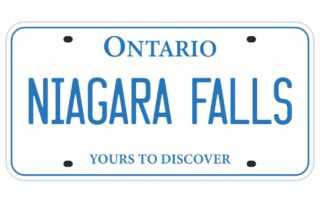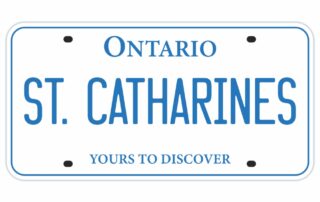Divorce can be a complicated and overwhelming process, but it doesn’t have to be when it comes to paperwork. Did you know that navigating Ontario divorce papers can often take longer than expected, simply because the forms are confusing or hard to find? In fact, many people waste valuable time sifting through outdated or incomplete resources, only to feel more frustrated in the end.
 If you’re looking to get your Ontario divorce papers done fast, and without getting lost on confusing websites, you’re in the right place. This guide will walk you through a simple, streamlined process, so you can complete your forms quickly and correctly—giving you peace of mind and freeing up your time for what really matters. Whether you’re handling an uncontested divorce or facing more complex situations, we’ve got the resources to make sure you can move forward with confidence.
If you’re looking to get your Ontario divorce papers done fast, and without getting lost on confusing websites, you’re in the right place. This guide will walk you through a simple, streamlined process, so you can complete your forms quickly and correctly—giving you peace of mind and freeing up your time for what really matters. Whether you’re handling an uncontested divorce or facing more complex situations, we’ve got the resources to make sure you can move forward with confidence.
Divorce is never easy, but handling the legal paperwork doesn’t have to add to your stress. If you’re in Ontario and are looking to file for divorce, especially an uncontested one, you might be wondering how to get the paperwork done quickly and efficiently without wading through confusing websites. This guide will walk you through everything you need to know about obtaining, filling out, and filing your Ontario divorce papers.
What Are Ontario Divorce Papers?
Understanding the Purpose of Divorce Papers
Ontario divorce papers are the official legal documents that start the divorce process. They outline the details of your marriage and state your intention to dissolve the marriage. These papers will contain information such as the reasons for the divorce, financial information, and any agreements related to property or child custody.
In an uncontested divorce, both spouses agree on all key issues like property division, child custody, and support. This process is typically faster, less expensive, and less stressful than a contested divorce, which requires more court involvement. Divorce papers for an uncontested divorce reflect the mutual agreement and make the legal process smoother.
Different Types of Divorce Forms in Ontario
When filing for divorce in Ontario, there are several forms you may need depending on your circumstances. The most common form is Form 8: Application for Divorce, which initiates the legal proceedings. In some cases, you may also need to submit financial statements, a separation agreement, and an affidavit.
For an uncontested divorce, the paperwork is usually less complex, but it’s crucial to ensure everything is filled out correctly to avoid delays.
Where to Get Ontario Divorce Papers
Accessing Official Government Resources for Divorce Forms
You can easily access the required Ontario divorce forms through official government websites. These forms are available for download from the Ministry of the Attorney General’s website. Forms like Form 8 and Form 36 (Affidavit for Divorce) are just a few clicks away.
It’s important to ensure that you’re using the most up-to-date forms to avoid issues. Government sites are the most reliable sources for these documents, and they often provide additional resources to help you complete the forms.
Can You Download Ontario Divorce Papers Online?
Yes, you can download Ontario divorce papers online. Not only are these available from official government websites, but there are also other resources and legal services that provide downloadable divorce form bundles tailored for Ontario residents. Be careful, though—make sure you’re using a trusted source to avoid downloading outdated or incorrect forms.
Step-by-Step Guide to Completing Ontario Divorce Papers
Form 8: Application for Divorce
The Application for Divorce (Form 8) is the main document you will need to start your divorce process. This form asks for basic details about your marriage, your reasons for seeking a divorce, and any children or financial matters involved.
Take your time filling out this form, as even minor mistakes can delay your proceedings. You’ll need to provide information about both spouses, including birth dates, marriage details, and residency.
Financial Statements and Additional Documentation
In some cases, you may need to submit a financial statement if there are unresolved financial issues between you and your spouse. This document provides a detailed breakdown of your income, assets, liabilities, and expenses. If both parties agree on all financial matters, this step can often be skipped, especially in an uncontested divorce.
Other documents you may need to provide include your marriage certificate and affidavits confirming that the marriage has broken down.
Common Mistakes to Avoid When Filling Out Forms
The most common mistakes include incorrect or incomplete information, missing signatures, or submitting outdated forms. Make sure to review the requirements for each form carefully and double-check all details before submitting them to the court. A small mistake can lead to delays in the processing of your divorce application.
How to File Your Ontario Divorce Papers
Filing In-Person at an Ontario Courthouse
Once you’ve completed all the required forms, you can file your Ontario divorce papers in person at your local courthouse. When filing, bring multiple copies of each document, including your marriage certificate. Be prepared to pay a filing fee, which is typically required in two installments.
Courthouse staff can provide basic assistance, but they are not allowed to give legal advice. If you are uncertain about any part of the process, it may be wise to consult a professional.
Filing Online: What You Need to Know
Ontario now allows online filing for divorce papers, making the process even more convenient. This can save you time and a trip to the courthouse. To file online, visit the Ontario Court Services website and follow the instructions for submitting your documents electronically. Make sure to keep digital copies of everything you submit.
Uncontested vs. Contested Divorce Forms: Which Do You Need?

Forms for an Uncontested Divorce
For an uncontested divorce, you will typically need fewer forms. In addition to Form 8, you may need Form 36 (Affidavit for Divorce) to confirm that all issues between you and your spouse have been resolved. The paperwork is straightforward, but accuracy is key to avoid delays.
When You Need Additional Documents for a Contested Divorce
If your divorce is contested—meaning you and your spouse cannot agree on key issues—additional documents will be required. You may need to submit evidence for disputes related to property, child custody, or spousal support. Contested divorces are more complex and often require more court involvement.
How Long Does It Take to Process Divorce Papers in Ontario?
Average Timelines for Uncontested Divorces
For uncontested divorces, the process is usually quicker. After submitting your paperwork, the court will typically process the divorce within 4 to 6 months. However, this timeline can vary based on the court’s caseload and whether there are any issues with the submitted paperwork.
What to Expect for Contested Divorce Processing Times
Contested divorces take longer, often over a year, due to the need for court hearings, mediation, or other legal proceedings. The more complicated the issues, the longer the process will take.
Cost of Filing Ontario Divorce Papers
Filing Fees and Court Costs for Divorce in Ontario
The cost of filing for divorce in Ontario usually totals around $632, payable in two parts. The first installment is paid when submitting the initial paperwork, and the second is due before the divorce is finalized. Additional costs may arise if your case becomes contested.
How to Save Money on Divorce Paperwork
To save money on your divorce, consider an uncontested process and avoid unnecessary legal fees. You can also use online filing options to reduce costs or consult a Certified Divorce Specialist (CDS) instead of a lawyer for guidance.
Do You Need a Lawyer to Complete Ontario Divorce Papers?
When You Can Complete Forms Yourself
In an uncontested divorce, many people can complete the forms themselves. The process is straightforward, and government websites offer instructions on how to fill out the documents. If your case is simple and both parties agree on the terms, you may not need a lawyer.
When Legal Help Is Recommended
For contested divorces or more complex situations, having legal representation is recommended. Lawyers can ensure that your rights are protected, especially when it comes to child custody, property division, and spousal support. If you’re unsure about any part of the process, legal help is a valuable resource.
Additional Resources and Tools for Simplifying the Process
Where to Download Free Divorce Checklists and Guides
Many online resources offer free divorce checklists and guides that can help you stay organized throughout the process. These guides often break down the steps involved in filing for divorce, ensuring that you don’t miss anything important.
Conclusion: Get Help with Your Ontario Divorce Papers
Filing for divorce doesn’t have to be overwhelming. With the right resources and guidance, you can navigate the process efficiently. Download your Ontario divorce forms online or schedule a free consultation with a Certified Divorce Specialist (CDS) to ensure everything is done correctly






